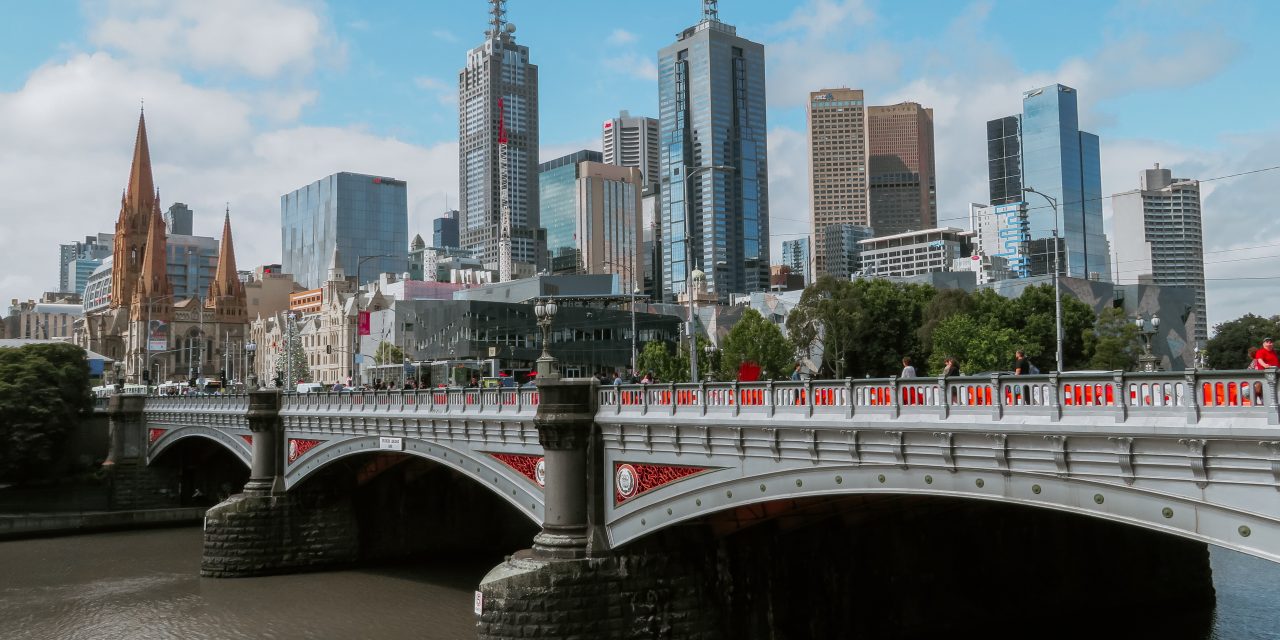Written by Madeleine Keck / Global Citizen
After unrelenting community pressure, Melbourne city councilors have unanimously voted to declare a climate emergency.
The Future Melbourne Committee moved in favor of a motion Wednesday which states that climate change and mass species extinction “pose serious risks to the people of Melbourne” and should, therefore, be treated as an emergency. The Victorian capital city now joins hundreds of cities and councils worldwide in declaring climate and biodiversity emergencies.
The motion — raised by the city’s councillor Cathy Oke — also calls for Melbourne to host a ‘Victorian Climate Week’ event to advance public knowledge around climate change and calls on councillors to make time to hear from local youth activists.
“We’ve had thousands of young people take to our streets demanding action, and that should not be dismissed. It’s actually something we need to take seriously,” Oke stated. “If young people are willing to step away from their education to tell leaders to actually do something, we shouldn’t dismiss them as bludgers, or wasting time, or dismissing their education.”
The motion also urges the Australian government to declare a national climate emergency.
Last night on behalf of Melburnians, our Councillors declared a climate emergency.
Since 2003, we’ve had a strong record of reducing emissions, restoring and conserving biodiversity, and preparing our city for the impacts of climate change. pic.twitter.com/Pzdz9HmZpo— City of Melbourne (@cityofmelbourne) July 17, 2019
The move comes one day after the Noosa Council similarly declared a climate emergency — the first council in Queensland to do so. According to Nine News, over 2,000 residents and business owners in the peak tourist destination are expected to be impacted by rising seas and coastal erosion by 2100.
The declaration includes a plan to achieve net-zero emissions by 2026.
Melbourne and Noosa join 27 other Australian councils which have now declared climate emergencies — including, most notably, the city of Sydney last month. The Australian councils are part of almost 800 jurisdictions across 17 countries to make the declaration.
So, what exactly is a climate emergency declaration?
While the exact content can vary, an emergency declaration means cities or councils acknowledge the real threat of climate change and vow to increase funding and supplies toward slowing its impact. This can include building public awareness, establishing ambitious carbon reduction targets, or adapting for a climate-changed future.
For state governments, an emergency declaration may also include advocating for further action from federal governments.
Melbourne has long worked to combat climate change and has a strong record of reducing emissions and conserving biodiversity. In recent years, the city has worked to build water resilience systems and has developed innovative methods to cut the quantity of energy used to cool local buildings.
In May, Melbourne was among 43 cities — out of almost 600 worldwide — to be praised by environmental non-profit CDP for its commitment to cutting emissions and adapting to extreme weather events.
The increase of councils declaring climate emergencies stems, in part, from a recently released United Nations report.
The report, published in October last year, revealed the world was not on track to limit global warming to below 1.5 degrees — as laid out in the Paris climate agreement. The report further explained that without a desperate overhaul of current activity, the worst consequences of climate change may soon be realised.
“Limiting warming to 1.5°C requires rapid … and unprecedented changes in all aspects of society,“ the report’s authors state.
For Oke, it’s federal governments that now desperately need to step up and enact sweeping change.
“[Melbourne] has been leading with respect to action around climate change for a long time,” she stated. “But, we need far more action across all levels of government, community, and industry.”



